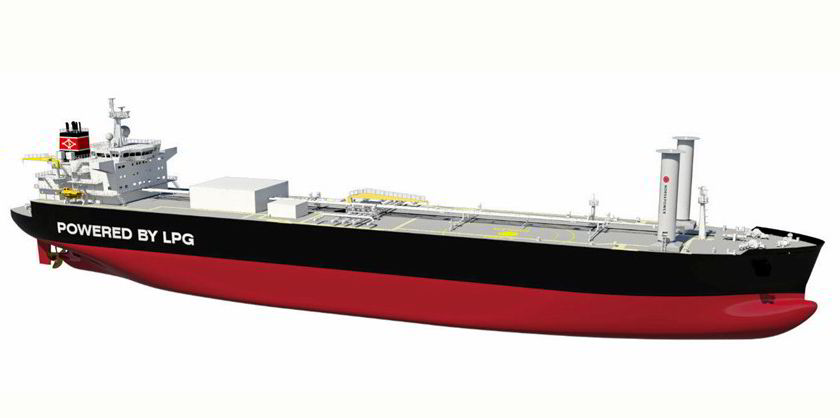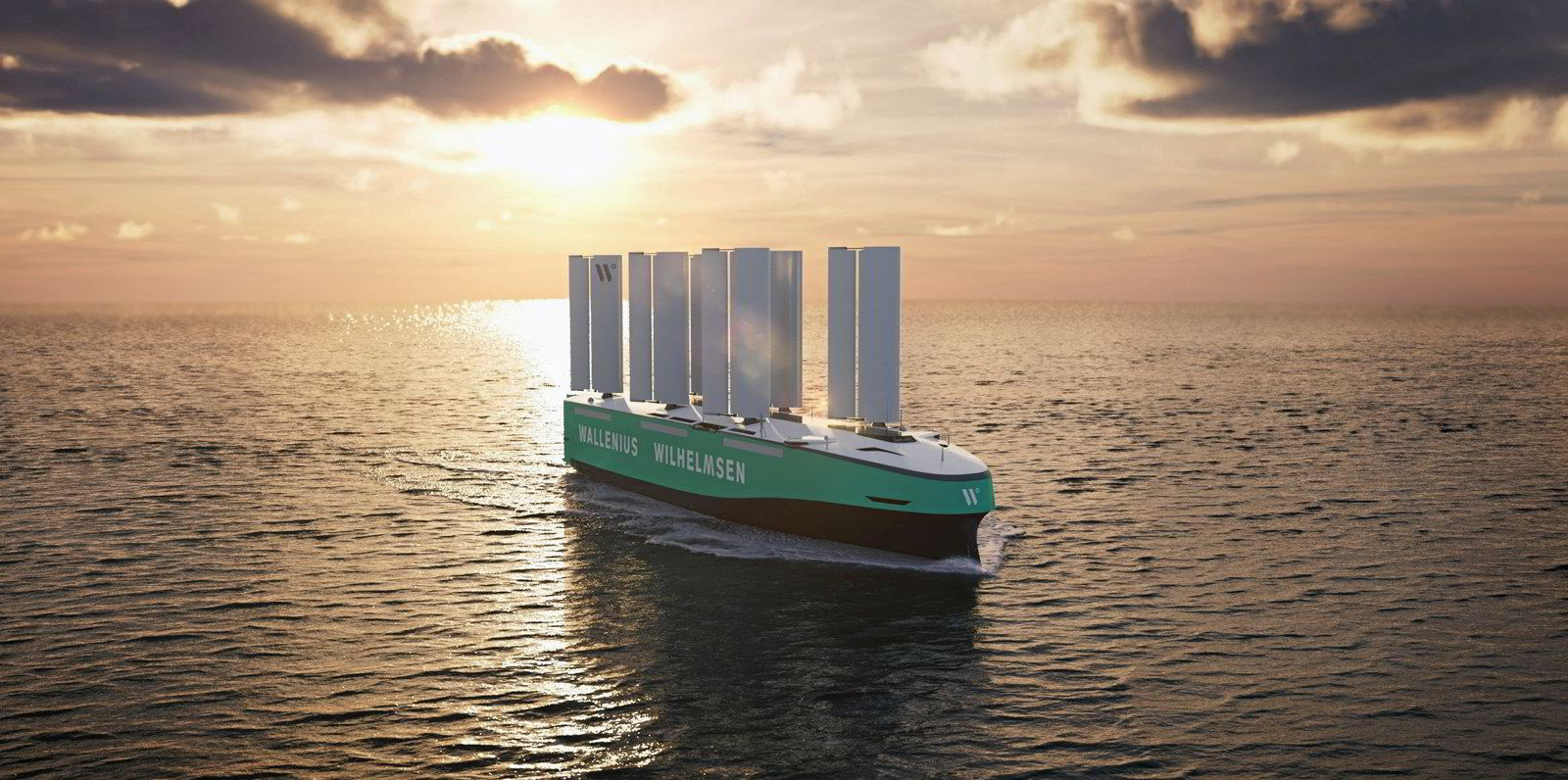Japan’s Iino Lines is to fit Norsepower rotor sails on a VLGC newbuilding to cut fuel use.
The companies said two sails will be installed on a 91,000-cbm dual-fuel ship delivered on Friday from Daewoo Shipbuilding & Marine Engineering in South Korea.
The bespoke 20-metre-tall sails will be fitted side by side.
The Finnish producer said the sails are four metres wide and have been designed to accommodate the vessel’s specific air draught limits.
The sail foundations are in place and work to fit the sails will begin in the second quarter of 2024.
The sail is a modernised version of the Flettner rotor. A small amount of electricity is used to spin the cylinder on the deck. The spinning cylinder and the wind create a Magnus effect to generate thrust supporting the main propulsion, which reduces fuel consumption, costs and emissions.
Norsepower estimates the VLGC will cut consumption and CO₂ emissions by 4%.
Hiromi Tosha, president of Iino Lines, said: “Investing in sustainable vessels is central to our approach and working with Norsepower will enable us to use innovative and proven technologies which fit in seamlessly with our operations.”
Norsepower chief executive Tuomas Riski added: “With more stringent environmental regulation being enforced, interest in the Norsepower rotor sail is increasing significantly and our latest agreement shows how action is being taken today across multiple stakeholders, including charterers.”
The company has 15 systems in use today. Data taken from eight years of operations demonstrates fuel-cost and emission reductions of more than 25% in some cases, Riski added.
This will be Norsepower’s third gas carrier installation contract.
Earlier this week, the company said it had raised €28m ($30m) in a funding round to scale up production.
French asset manager Mirova, an affiliate of Natixis Investment Management dedicated to sustainable investment, led the fundraising through its impact private equity Mirova Environment Acceleration Capital fund.
Additional participants included the Finnish Climate Fund, Nefco — the Nordic Green Bank, OGCI Climate Investments, Tesi and Power Fund III. The last three were existing investors.




